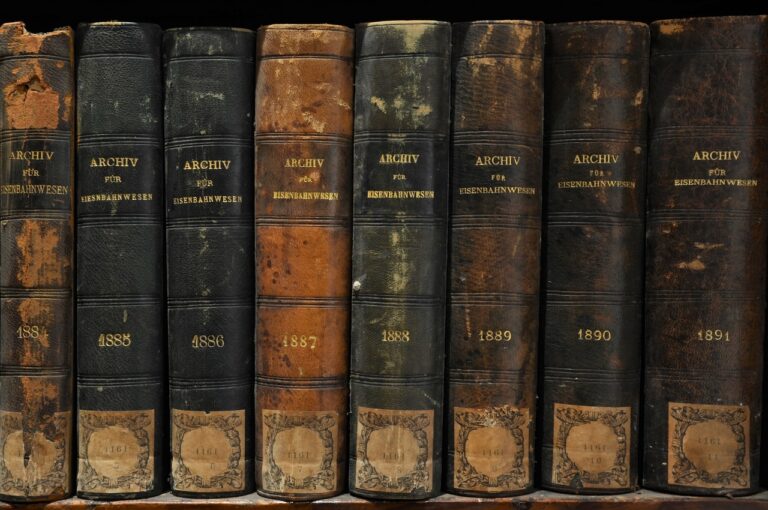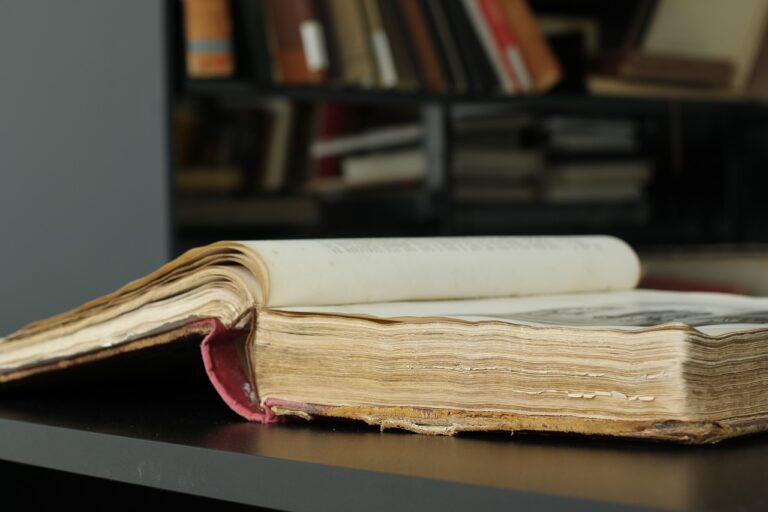Addressing Bias and Diversity in Educational Materials
Educational materials play a crucial role in shaping students’ understanding of the world around them. However, it is important to acknowledge that these materials can sometimes be influenced by biases. Whether intentional or not, biases present in textbooks and resources can impact students’ perceptions of different cultures, races, genders, and social groups. These biases can perpetuate stereotypes and misinformation, leading to a one-sided view of history, society, and the world.
Recognizing and addressing bias in educational materials is essential for creating a more inclusive and accurate learning environment. Educators and curriculum developers must critically review the content they present to students to ensure that it is free from discrimination and prejudice. By incorporating diverse perspectives and experiences into educational materials, we can help students develop a more comprehensive understanding of the complexities of the world and foster a more inclusive and empathetic society.
• Biases in educational materials can perpetuate stereotypes and misinformation
• Biases can impact students’ perceptions of different cultures, races, genders, and social groups
• Addressing bias is crucial for creating a more inclusive and accurate learning environment
• Educators and curriculum developers must critically review content to ensure it is free from discrimination
• Incorporating diverse perspectives helps students develop a comprehensive understanding of the world
Recognizing Unconscious Bias
Unconscious bias can significantly impact the way educational materials are presented and interpreted. These biases can lead to misinformation, stereotyping, and a lack of diverse perspectives being represented in learning resources. It is crucial for educators and content creators to be aware of these biases that may be influencing their work.
Recognizing unconscious bias requires introspection and a willingness to challenge one’s own beliefs and assumptions. It involves actively seeking out different perspectives, engaging in discussions with colleagues and students, and being open to feedback. By acknowledging and addressing unconscious biases, educators can create a more inclusive and equitable learning environment for all students.
Importance of Diverse Perspectives
Embracing diverse perspectives in educational materials is crucial for fostering inclusive learning environments. When students are exposed to a variety of viewpoints, experiences, and voices, they are better equipped to develop critical thinking skills and empathy. By incorporating diverse perspectives into the curriculum, educators can help students engage more deeply with the subject matter and broaden their understanding of the world around them.
Furthermore, diverse perspectives help to challenge stereotypes and break down barriers that may exist within the educational system. When students see themselves reflected in the materials they are studying, they are more likely to feel valued and supported in their learning journey. By including a range of perspectives, educators can create a more welcoming and inclusive space where all students feel empowered to participate and thrive.
Why is bias in educational materials a problem?
Bias in educational materials can perpetuate stereotypes, limit diversity, and provide a narrow perspective on different cultures, races, and experiences.
How can we recognize unconscious bias in educational materials?
Unconscious bias can be recognized by paying attention to the language used, the representation of different groups, and the underlying assumptions and stereotypes present in the materials.
Why is it important to have diverse perspectives in educational materials?
Diverse perspectives in educational materials help students develop a more inclusive and well-rounded understanding of the world, promote empathy and respect for others, and prepare them for a diverse and globalized society.







